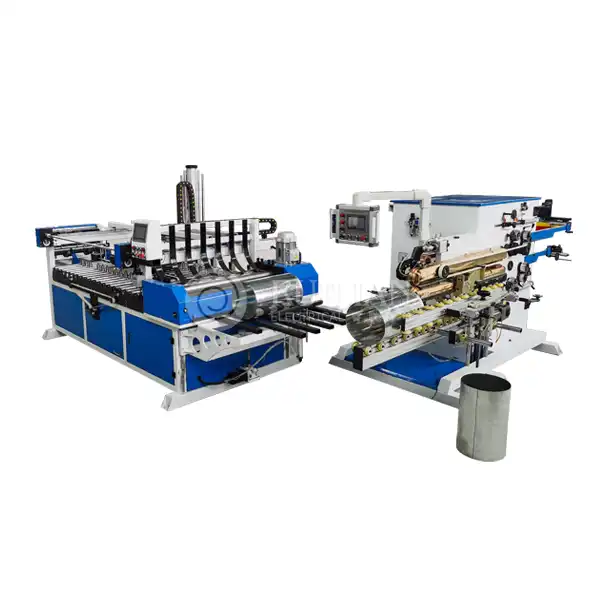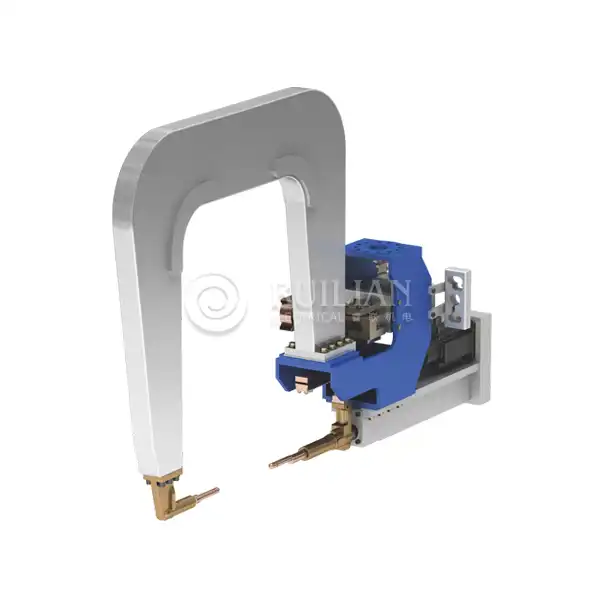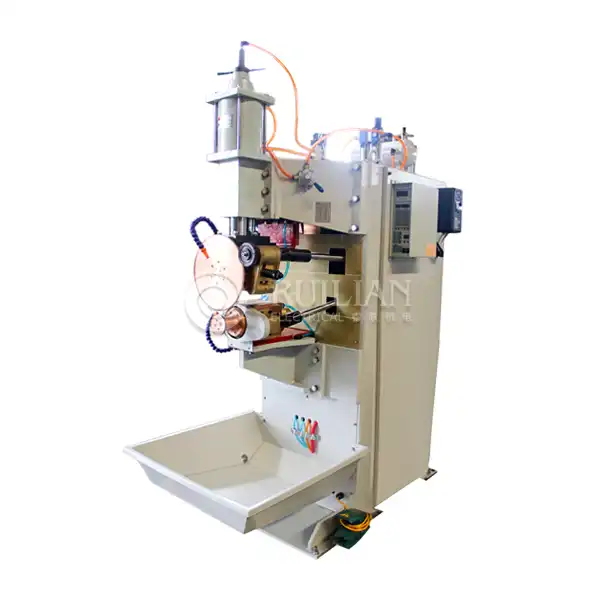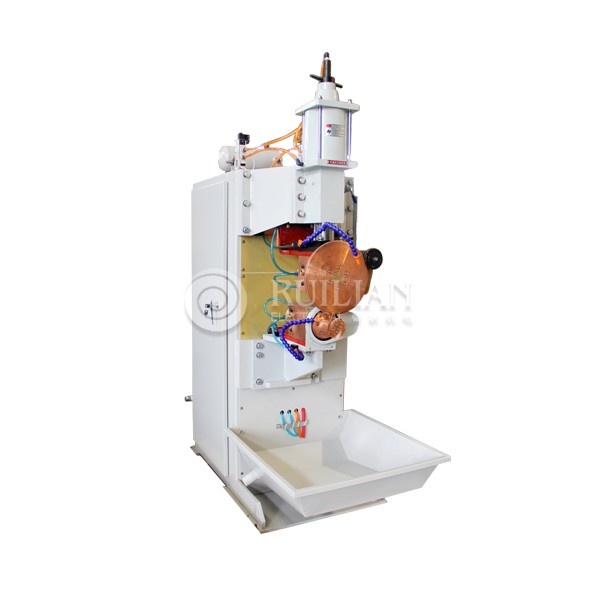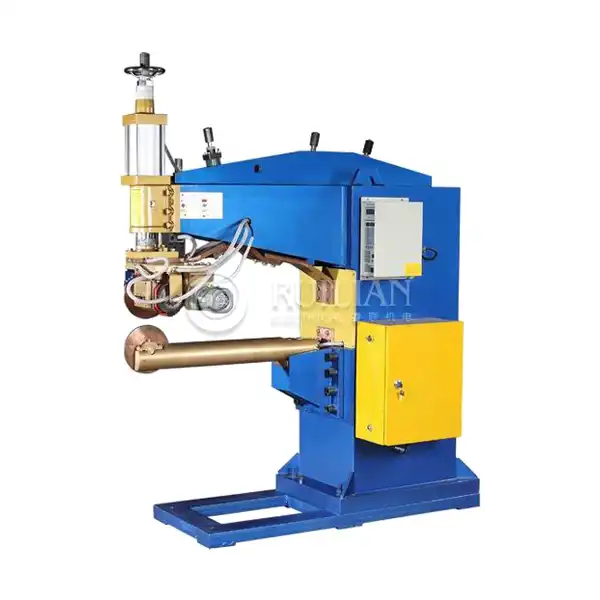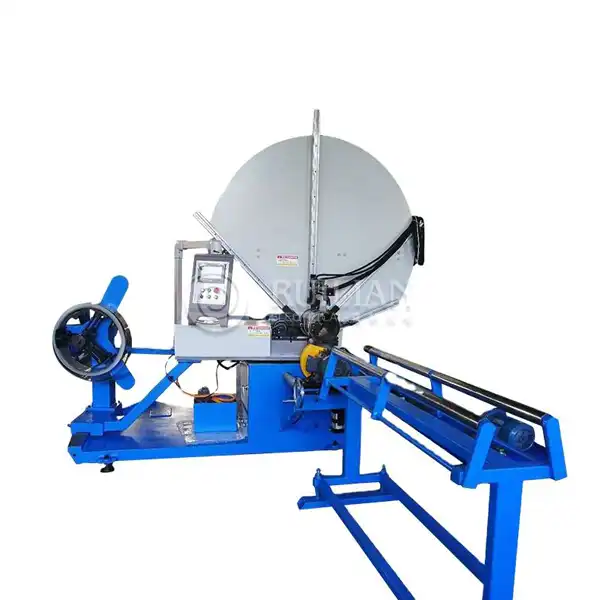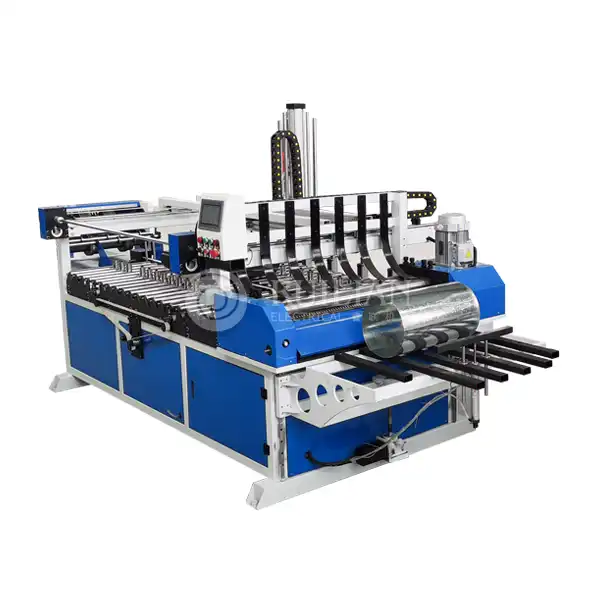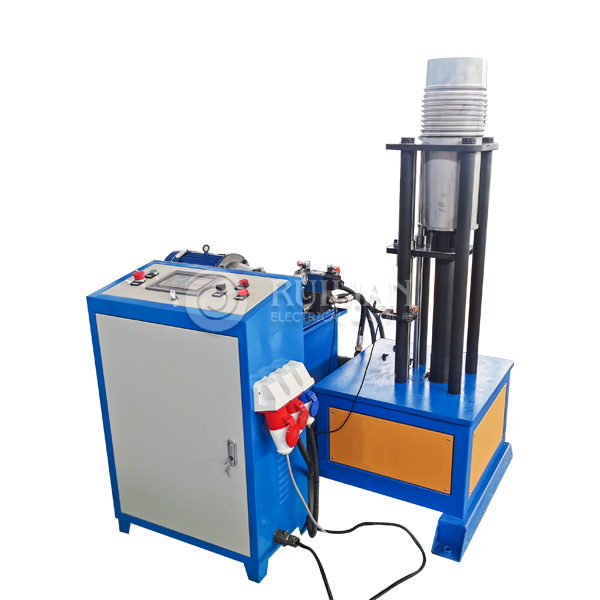Applications of Seam Welding Machines in Various Industries
In modern manufacturing, welding plays a critical role in joining materials, ensuring structural integrity, and enhancing production efficiency. One of the most versatile and efficient methods of welding is Resistance welding, a process that involves the continuous joining of materials through electric resistance. The automatic Resistance Welding machine is a key player in many industries, offering a reliable solution for producing strong, durable welds. This article explores the applications of Resistance welding machines in various sectors, including the automotive, piping, packaging, and electronics industries, highlighting their role in improving efficiency, precision, and production quality.
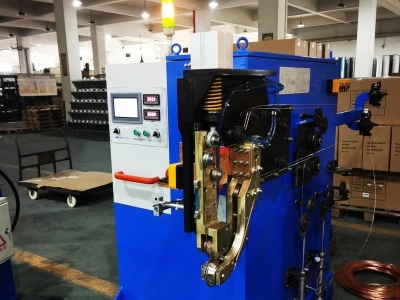
Welding Machines in the Automotive Industry
The automotive industry relies heavily on Resistance welding machines for the efficient and precise assembly of components. Here are some key points about their application:
1. Car Body Construction: Resistance welding machines are essential in welding large sheet metal parts that make up car bodies. These machines ensure that the welds are smooth, strong, and capable of withstanding the mechanical stresses faced by vehicles on the road.
2. High-Speed Production: In automotive manufacturing, high-volume production is crucial. Automatic Resistance welding machines offer fast, consistent welds, allowing manufacturers to meet tight production deadlines without compromising on quality.
3. Durability and Safety: The precision of seam Resistance welding ensures that critical components, such as doors and chassis, are welded with the necessary strength and reliability to meet safety standards.
4. Cost-Effectiveness: Manufacturers can use affordable, cheap welding machines for less complex welding tasks, keeping production costs low without sacrificing quality in non-critical parts.
Resistance welding Machines for Welding Pipes and Tubes
In industries where pipes and tubes are essential for infrastructure, Resistance welding is widely used. Here’s how seam welding machines help:
1. High-Pressure Systems: In sectors like oil and gas, water treatment, and chemical processing, pipes are subjected to high pressures and harsh environments. Resistance welding provides strong, leak-proof joints that are essential for system integrity.
2. Circumferential Welds: Circumferential Resistance welding is crucial in joining pipes in a way that prevents leaks. The continuous welding process ensures uniformity, essential for the reliability of the entire piping system.
3. Resistance to Corrosion: Pipes used in industrial applications often deal with corrosive substances. Resistance welding machines, particularly automatic ones, create sealed joints that resist corrosion and ensure the longevity of piping systems.
4. Efficiency and Precision: Automatic Resistance welding machines reduce the chances of human error and allow for faster production of large quantities of pipes with precise, durable welds.
Improving Efficiency in the Packaging Industry
Resistance welding machines are pivotal in the packaging industry for producing strong, reliable seals. Key applications include:
1. Food and Beverage Packaging: Resistance welding machines play an essential role in the production of food and beverage packaging, such as beverage cans, food containers, and other packaging materials. These machines create strong, reliable seals that are crucial in preventing contamination, leakage, or spoilage of products. With tight and durable seams, manufacturers can ensure that their products remain fresh and safe for consumers, while also meeting regulatory standards for food safety.
2. Speed and Automation: One of the key advantages of automatic Resistance welding machines is their ability to significantly increase production speed. These machines can weld large volumes of packaging materials quickly, without sacrificing precision. Automation streamlines the manufacturing process, enabling companies to meet high demand while ensuring consistent quality and accuracy in every weld.
3. Cost-Effective Production: By utilizing affordable yet reliable welding machines, manufacturers can reduce production costs while still maintaining high-quality standards. These machines not only lower the upfront investment but also minimize labor and energy costs, making them an attractive option for companies looking to maintain cost-effective, high-volume production without compromising on product integrity or safety.
The Role in Electronics and Battery Manufacturing
Resistance welding plays a crucial role in the electronics and battery manufacturing sectors. Key points include:
1. Battery Manufacturing: For battery cases, precision welds are needed to create airtight seals that prevent leaks and improve safety. Seam welding ensures that the battery casing is strong and durable while protecting the internal components.
2. Electronics Enclosures: Automatic seam welding machines are used in the production of metal enclosures for electronic devices such as smartphones, laptops, and home appliances. The seamless welding process ensures that the enclosures are not only durable but also aesthetically pleasing.
3. Small Parts Production: In electronics, seam welding is also used for joining small parts, such as connectors and wiring components, that require precise and secure welds.
4. Safety and Protection: The tight welds produced by seam welding machines help protect sensitive electronic components from environmental factors like dust, moisture, and physical damage.
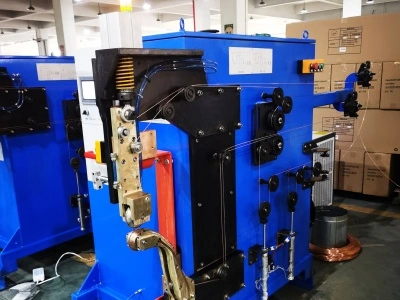
Regular Maintenance for Longevity
To ensure the continued performance of seam welding machines, regular maintenance is essential. Here are some key points for keeping the machines in top condition:
1. Routine Checks: Perform regular inspections of the machine’s components, including electrodes, welding wheels, and cooling systems, to ensure they are functioning properly.
2. Cleaning: Clean the machine regularly to remove dirt, dust, and other contaminants that can interfere with the welding process. Keeping the welding surfaces clean ensures that the welds are smooth and strong.
3. Part Replacements: Over time, parts of the machine, such as electrodes and bearings, will wear out. Replacing these components promptly ensures that the machine continues to perform optimally.
4. Calibration: Regularly calibrating the machine helps maintain the accuracy of the welding process, reducing the risk of defects and ensuring high-quality welds.
Conclusion
Seam welding machines, particularly automatic seam welding machines, are indispensable in numerous industries, from automotive manufacturing to electronics production, and even in electric water heater manufacturing. Their ability to produce high-quality, consistent welds has made them essential in sectors requiring precision, durability, and efficiency. Whether it's for welding car bodies, pipes, packaging, electronics, or electric water heaters, these machines provide a cost-effective and reliable solution for manufacturers. By maintaining these machines and ensuring their proper care, companies can maximize their investment and improve production efficiency.
For more information about our seam welding solutions, feel free to contact us at ry@china-ruilian.cn or visit our website at www.rlseamwelding.com.
References
1. Smith, J. (2023). Seam Welding Technologies in Industrial Applications. Welding Journal, 102(4), 45-52.
2. Harris, D., & Lee, M. (2022). Welding Equipment for High-Volume Manufacturing. Journal of Manufacturing Processes, 24(6), 112-118.
3. Baker, T., & Patel, S. (2021). Advanced Welding Techniques in the Automotive Industry. Automotive Engineering Review, 15(8), 33-40.
4. Gupta, R. (2024). Industrial Use of Seam Welders in Piping Systems. Industrial Engineering Journal, 18(2), 76-82.


